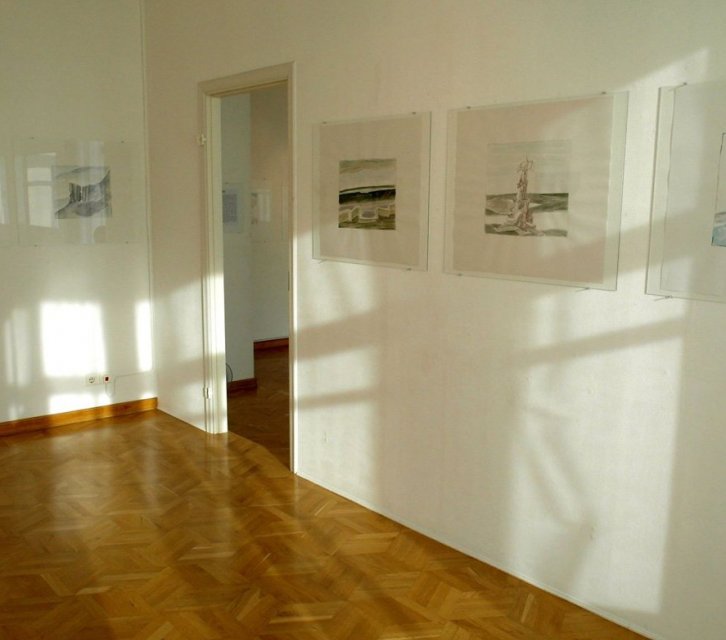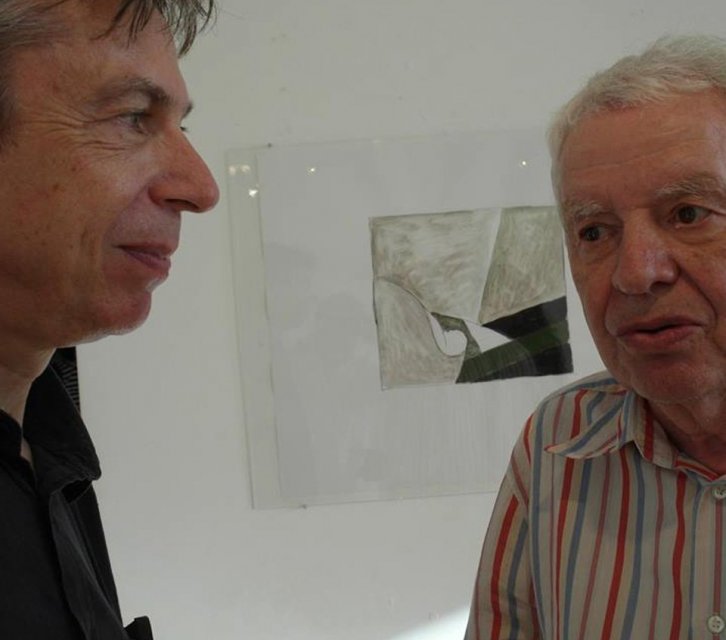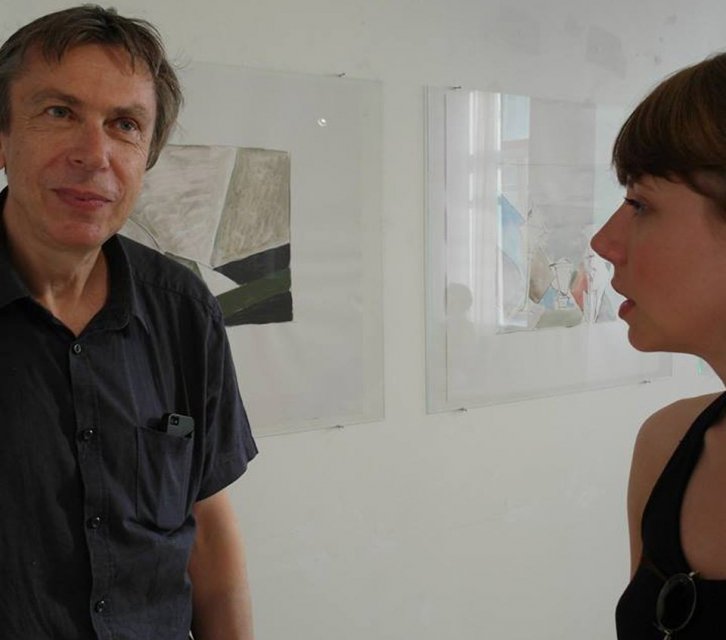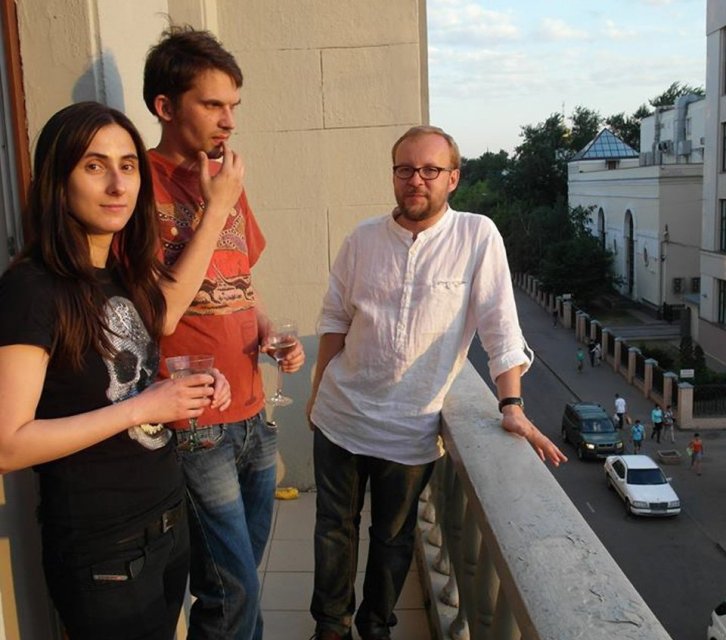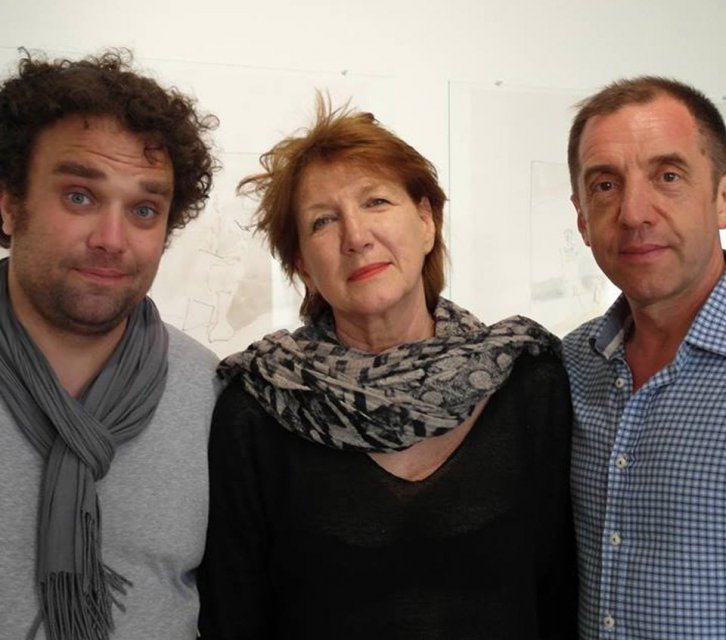
These works were created effortlessly, in a single breath — using a sharply pointed wooden stick and ink, without any preliminary pencil sketch. The series of graphic sheets presented at the exhibition resembled a storyboard for an unwritten play, where characters performed their mise-en-scènes first in one space, then in another. From one sheet to the next, the plot, the cast of characters, and the landscape changed, yet the sense of a frozen frame, a continuous narrative line (as well as the artist’s distinctive text), remained unchanged.
This sense of framing arose because the artist’s task in this graphic series was akin to that of a photojournalist or a director. The artist himself said that in these works, he was searching for momentary plasticity—capturing a fleeting plastic moment, filling emptiness with meaning, and achieving a harmony of lines and shapes that construct a certain narrative.
However, deciphering this narrative became the task of the viewer: what are these women with children doing on a deserted shore, surrounded by kitchen utensils and strange, rickety devices scanning the boundless sky? Kocheishvili does not attach importance to narrative in the conventional sense. For him, a plot is the collision of diverse forms within the space of the sheet—rigid and soft, playful and cheerful, heavy and strange. The artist brings them together within the composition and unites them in a kind of harmony.
Ultimate freedom from necessity creates mastery. These works are made effortlessly, for oneself, without much concern for the viewer—whereas painting is a serious, weighty endeavor. There is no fear of the audience, no obligation to create a “finished piece.” Kocheishvili himself describes drawing with a wooden stick as “happy hours of light freedom.” The result of this process is a light, effortless form of graphic art.

